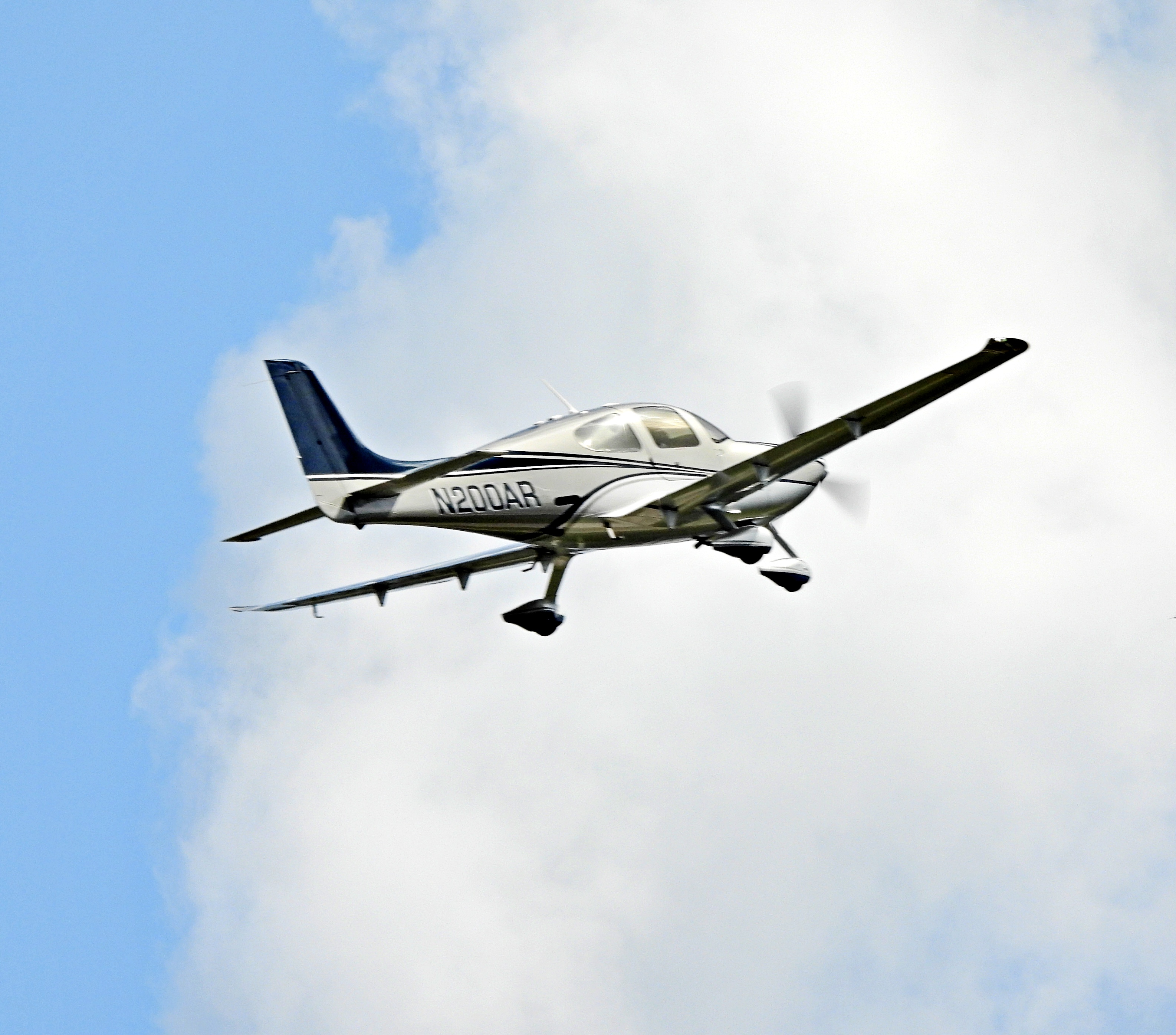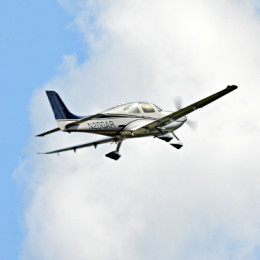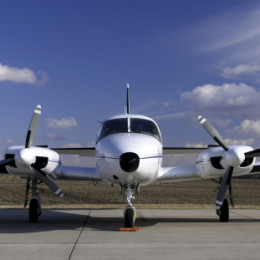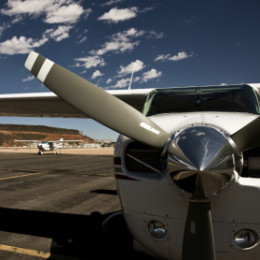
Lenders require full liability and hull coverage on aircraft loans sufficient to cover the bank’s loan/lien amount. The majority of aviation insurance policies are underwritten by a handful of aviation specialty insurance carriers via licensed insurance brokers. Calling more than a few agents for quotes is not recommended as once one agent gives an applicant’s information to various underwriters, the quotes get recorded by those carriers and the premiums are now “locked-in” so other agents that call on same risks get the same quote. When a potential insurance customer calls an agent, they generally “shop” the risk to numerous underwriters to get the most advantageous policy for the applicant. Naturally, lower time, less skilled pilots will receive higher premium quotes than those with more ratings and experience. Loss history, age of applicant, recent flight time experience, time in make & model, and formal recent proficiency training all play a factor in not only the final premium cost but also what the underwriter may be willing to offer for both “In-Motion” and “Not-In-Motion” deductibles.
Typical Information Underwriters request:
- Pilot Ratings
- Total and recent flight hours
- Recent attendance to FAA Wings Safety Programs
- Date of last flight review and or proficiency training
- Current Medical Certificate information
- Aircraft incident/accident history
- Time in Make & Model of desired aircraft you’re insuring
- Location/Airfield where located & hangered or tie down storage
- Aircraft Details, hours, options, avionics upgrades
- Operations-Part 91 or Part 135
The insurance policy should indicate a 30-day cancellation notice to the lender along with a Lien Holder’s Endorsement. The Lien Holder Endorsement covers the bank’s security interest and is generally known also as a “Breach of Warranty” which covers between 90% up to 100% of the aircraft insured amount, depending on the insurance underwriter’s policy terms. The purpose of this endorsement not only verifies that both the policy holder (aircraft owner) has sufficient hull coverage, but also the lender is covered. The “Breach of Warranty” is to further cover the lender in the event of a total loss in which the policy holder has an accident that the insurance underwriter deems as a non-covered event based on provisions within the actual policy. It would only cover the lender and allows the insurance underwriter the option to surrogate (The right held by the insurance underwriter to legally pursue the policy holder that caused the insurance loss). An example of a lien holders claim under the “Breach of Warranty” would be if the insured allowed a non-qualified pilot (under the terms, conditions, and provisions within the policy) to fly the aircraft and an accident occurred, the underwriter would pay the lender and has the legal option of pursuing legally either/or, the non-qualified pilot or policy holder for any insurance proceeds paid out to the lender.
October 16, 2025 by Banterra Aircraft Finance









